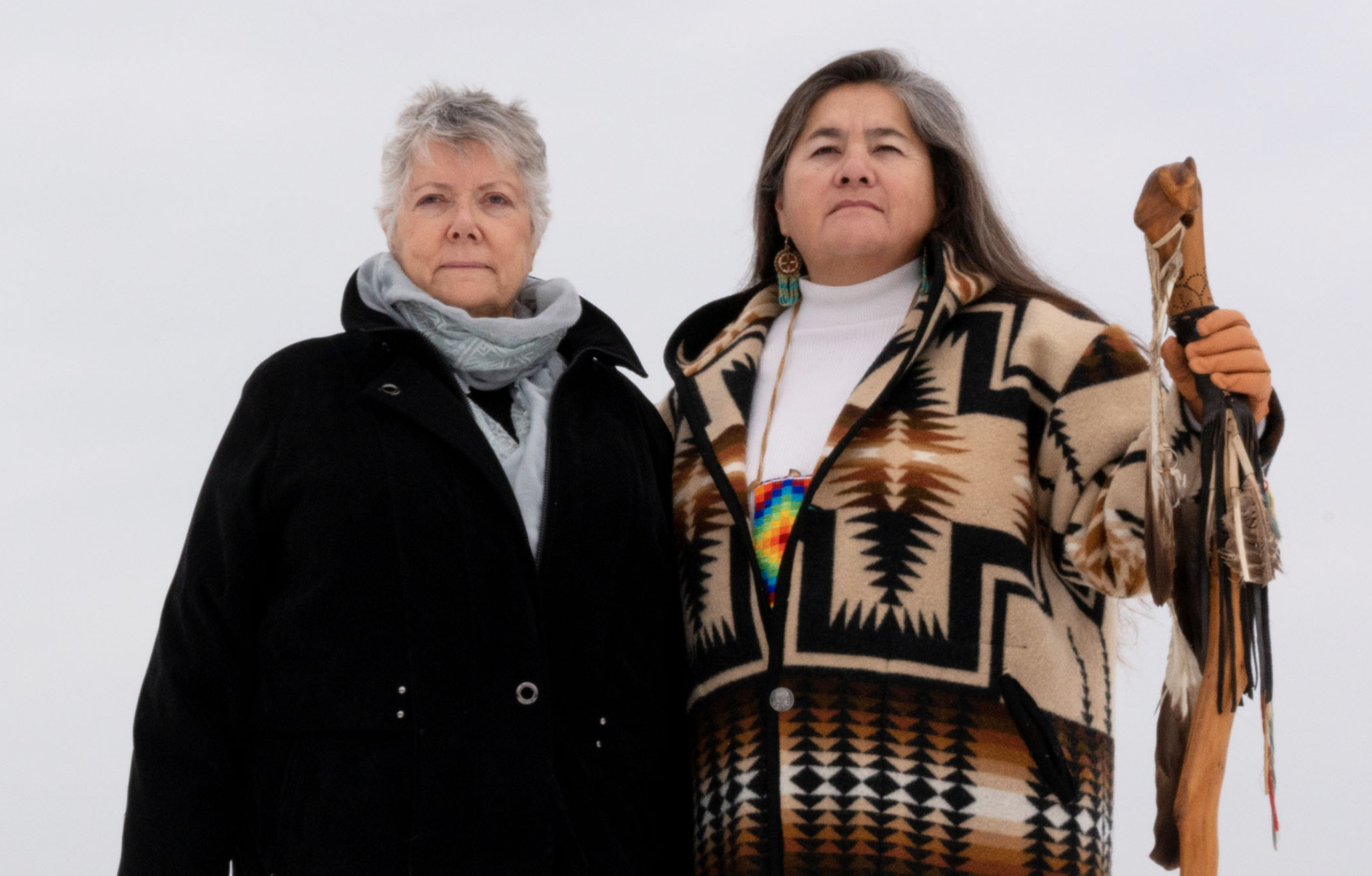Indigenous Women’s Influence on Early-American Suffragists
You may think you know the history of the women’s rights movement in the United States. Most of us are familiar with the 1848 women’s rights convention in Seneca Falls and suffragist leaders including Susan B. Anthony and Elizabeth Cady Stanton.
But “Without a Whisper,” a short film from PBS, shares the little-known story of how Indigenous women — specifically Haudenosaunee, also known as Iroquois,women in New York — influenced early-American suffragists. Exploring how Haudenosaunee women inspired suffragists in their fight for equality, the film examines why this aspect of the story of American history has remained hidden.
The film pays tribute to Indigenous women’s efforts, both their historical impact and their efforts now to tell their story. Watching it is a great way to spend 25 minutes in honor of American Indian and Alaska Native Heritage Month.
“A hidden story that you will not find in history books”
The film focuses on Professor Sally Roesch Wagner, who is writing a book on the origins of the women’s rights movement, and Mohawk Clan Mother Louise Herne, who is making sure Indigenous perspectives and experiences are finally shared.
They explore how many of the ideas and philosophies that drove the suffrage movement actually came from Haudenosaunee women. For example, Seneca Falls was in the heart of Indigenous territory. Suffragist leaders’ interactions with Haudenosaunee women likely explain why Seneca Falls became the site for the ground-breaking convention.
“Dead in the law”
Wagner notes that in the period leading up to the Seneca Falls convention, American women were “dead in the law.” Women owned nothing. They couldn’t get divorced, sue or serve on a jury; they had no political voice or influence.
Herne contrasts this with Indigenous culture. “Everything in our world view,” she explains, “is vested in the life-giving force of women.” Their communities maintain a balance of power between men and women. Women help nominate chiefs and tribal leaders.
Suffragist leader Lucretia Mott was among those who met with Indigenous women. Seeing the roles Indigenous women played in their communities, and the political rights and influence they exercised, influenced her thinking about what was possible for American women, and what the movement should advocate for.
Of course, the Founding Fathers, including George Washington, Benjamin Franklin and Thomas Jefferson, also saw that Indigenous culture included a representational form of government. Yet it took 72 years after the Seneca Falls convention for women to be guaranteed the right to vote under federal law.
While the influence of Haudenosaunee-style governance shaped the course of civil rights for American women, unfortunately the positive influence was by no means reciprocal. The film examines how, as American women gained political rights, Indigenous women lost them, particularly through the separation of families and removal of Indigenous children. Indigenous people were robbed of their culture and language and subjected to unthinkable abuses and extermination. It is disturbing to understand the contrast between what American women gained, and Indigenous people lost, from the cultural exchange that took place in the early 19th century.
While the story of “Without a Whisper” is often remarkably sad, Herne explains that sharing it leaves “a rich inheritance” for younger generations. Unless we truly understand where we came from, we cannot know where we are headed.

